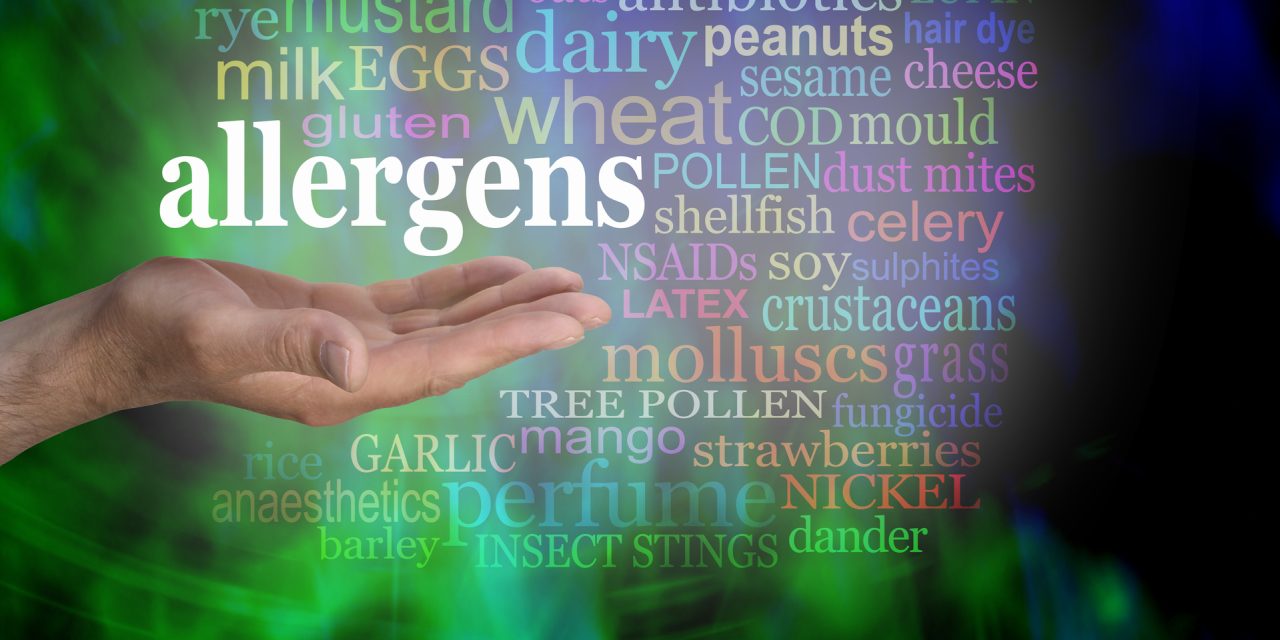The oropharyngeal mucosa serves as a perpetual pathogen entry point and a critical site for viral replication and spread. Here, we demonstrate that type 1 innate lymphoid cells (ILC1s) were the major immune force providing early protection during acute oral mucosal viral infection. Using intravital microscopy, we show that ILC1s populated and patrolled the uninfected labial mucosa. ILC1s produced interferon-γ (IFN-γ) in the absence of infection, leading to the upregulation of key antiviral genes, which were downregulated in uninfected animals upon genetic ablation of ILC1s or antibody-based neutralization of IFN-γ. Thus, tonic IFN-γ production generates increased oral mucosal viral resistance even before infection. Our results demonstrate barrier-tissue protection through tissue surveillance in the absence of rearranged-antigen receptors and the induction of an antiviral state during homeostasis. This aspect of ILC1 biology raises the possibility that these cells do not share true functional redundancy with other tissue-resident lymphocytes.Published by Elsevier Inc.
Group 1 innate lymphoid-cell-derived interferon-γ maintains anti-viral vigilance in the mucosal epithelium.


